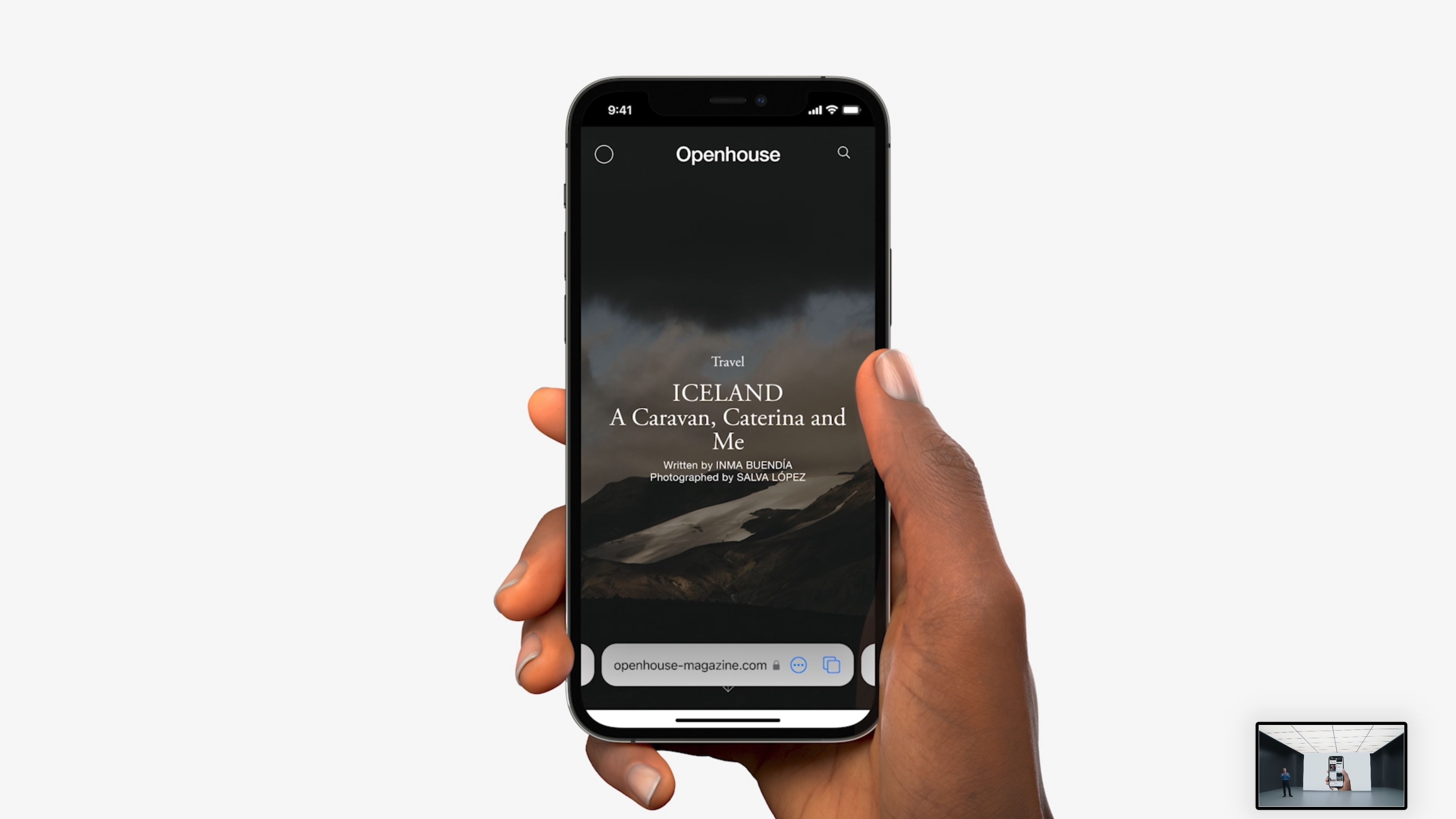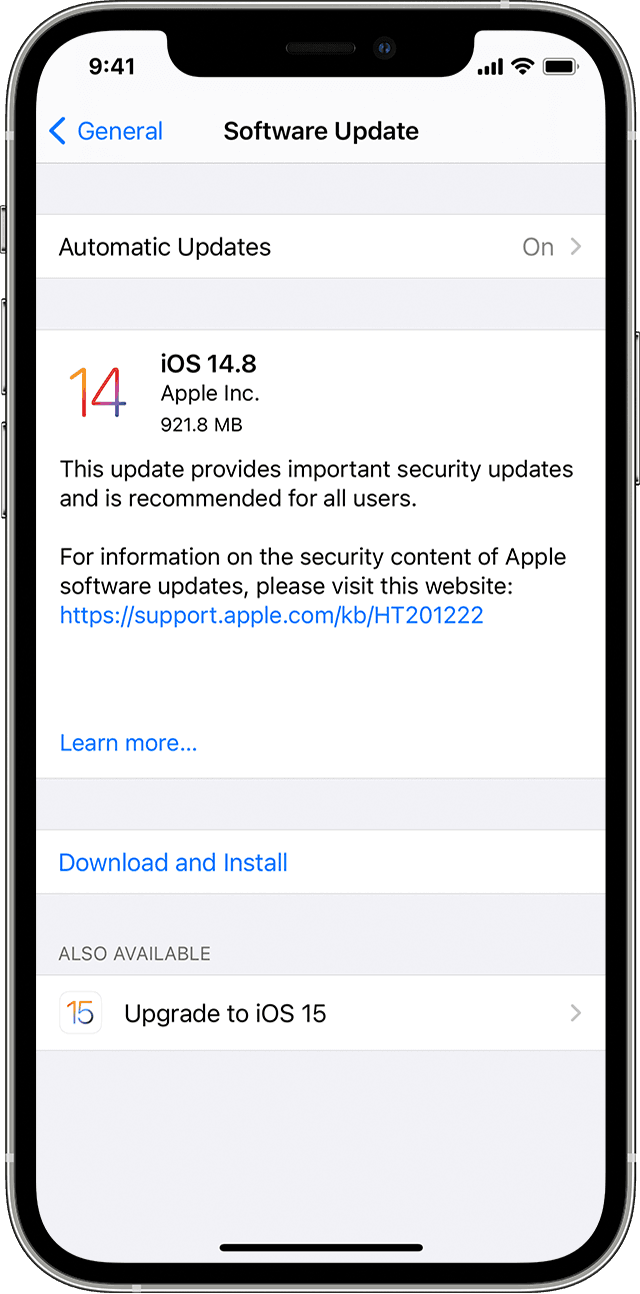
/check-the-version-number-of-safari-446563-3ea3bde614dc411e898e6ca2d524a89f.png)
Īs of 2020, four versions of iOS were not publicly released, with the version numbers of three of them changed during development. As of iOS 4, Apple no longer charges for iPod Touch updates.
#Ios versions of safari software#
iPhone users receive all software updates for free, while iPod Touch users paid for the 2.0 and 3.0 major software updates. Īpple concurrently provides the same version of iOS for the comparable model of iPhone and iPod Touch, usually devices released in the same calendar year. Apple licensed the "iOS" trademark from Cisco Systems. iOS 4 was the first major iOS release that reflected the name change. The introduction of what would later become the iPad line, and the existence of iPod Touch, meant the iPhone was no longer the only device to run the mobile operating system. It was officially renamed iOS on June 7, 2010, with the announcement and introduction of the first-generation iPad. When iOS was introduced, it was named iPhone OS.
#Ios versions of safari mac os x#
Before then, Apple marketing simply stated that iPhone ran a version of Mac OS X made specifically for the iPhone. iOS did not have an official name until the official release of the iPhone software development kit ( iPhone SDK) on March 6, 2008. June 2007 saw the official release of iPhone OS 1 – concurrently with the first iPhone – which eventually became to be known as iOS. 3 Notable software bugs and issues in iOS.

#Ios versions of safari update#
The Safari update is one of several tweaks arriving with the new beta releases, which also include a way to share focus status with select contacts, a new XL widget size (which Apple Podcasts on iPad is using), and other, smaller updates.

And there’s a learning curve when it comes to remembering not to reach for the top of the screen for the shortcuts to various actions, too. Although you may like the placement of the bar (I initially did!), over time, you may find that the changes made it more difficult when you wanted to do more than simply visit a website or swipe between tabs. There is something to be said for the muscle memory with using an app that’s launched as frequently as Safari is. The new design had gained a cult following in the tech community but mainstream users found the changes “disorienting,” he explained. He said the changes had also received mixed reactions at the time. It’s worth noting that Apple isn’t the first to rethink the mobile browser design in this way.Ī former Google Chrome design manager, Chris Lee, recently wrote about his work on a similar redesign for the Chrome mobile browser with a bottom URL bar that Google ultimately decided never to launch. The streamlined, compact tab bar that displays the URL and open tabs in one line - which was introduced in iPadOS 15 - can be enabled in Safari Settings. On iPadOS 15, users will notice tabs now appear on a standalone tab bar below the URL by default. Thanks Safari for not letting me have that bruschetta 😢 /e23YTYzGM6

Just another day being unable to order takeout because iOS 15 Safari’s bottom bar makes this checkout button untappable. “And it doesn’t give you much more screen real estate unless you take action - like scrolling - which makes it kind of weird.” “When you actually use it, you realize that it actually clutters the screen more and makes it a little more confusing,” he said. TechCrunch’s Editor-in-Chief Matthew Panzarino, who had joined as a guest on the July 21 episode, agreed that in theory, the idea of having less on the screen was a good idea. The internal sentiment among some was that the new design may look cool, but wasn’t all that usable, he claimed. On Apple pundit John Gruber’s The Talk Show podcast, he noted the new design wasn’t even popular inside Apple in the weeks leading up to the Safari announcement at WWDC. The list of actions that could be taken grew to over 20 items long, as a result. Instead, it used a three-dot “more” menu to hide everything else that you may want to do when browsing the web - like reload the website, share a link, view the page in Reader Mode, save an article to read later, and so on. The iOS 15 design did away with all these useful access points to commonly used features, favoring the reachability of the tab bar over everything else.


 0 kommentar(er)
0 kommentar(er)
